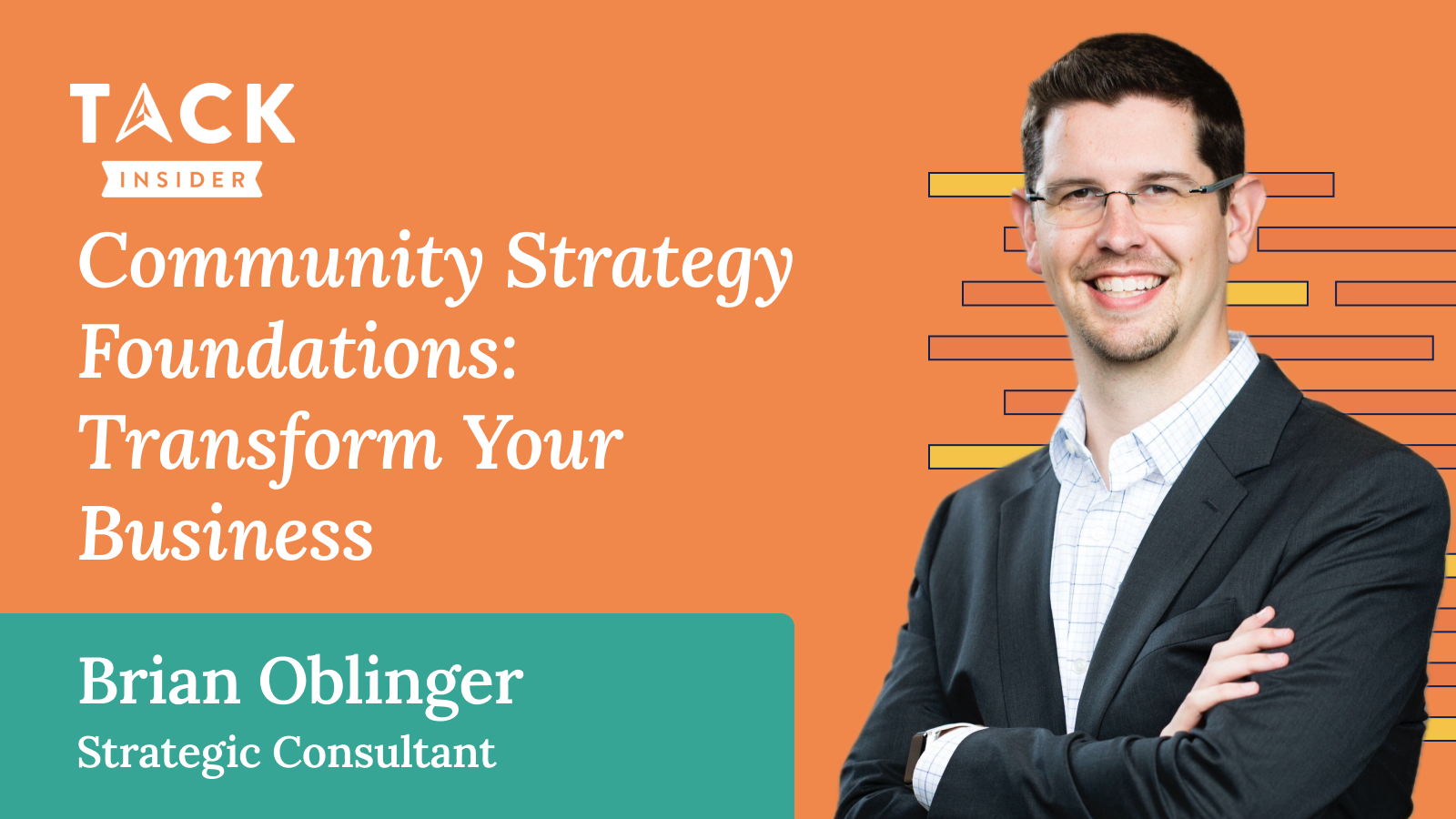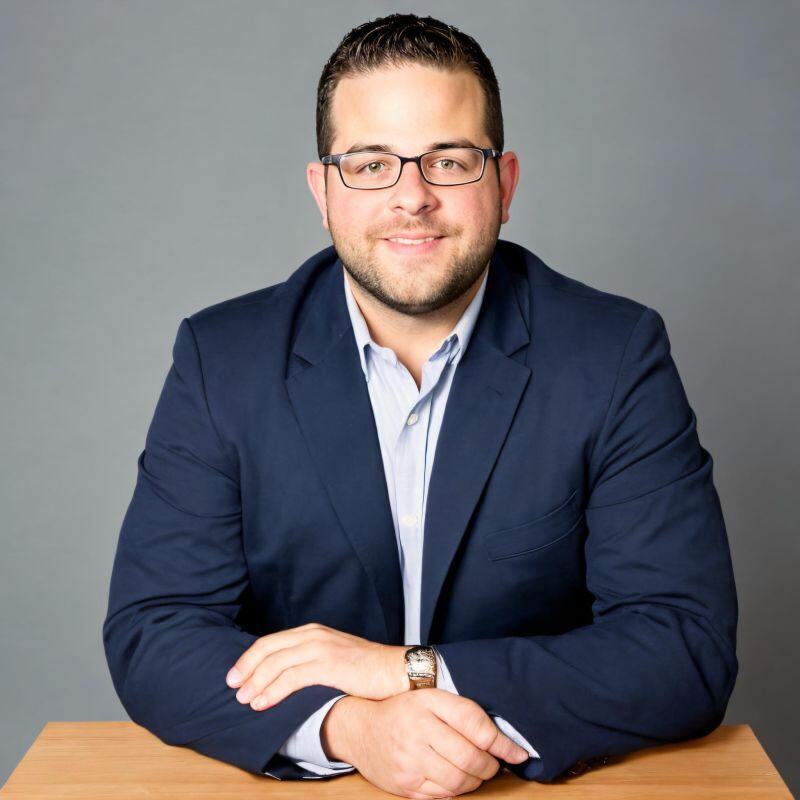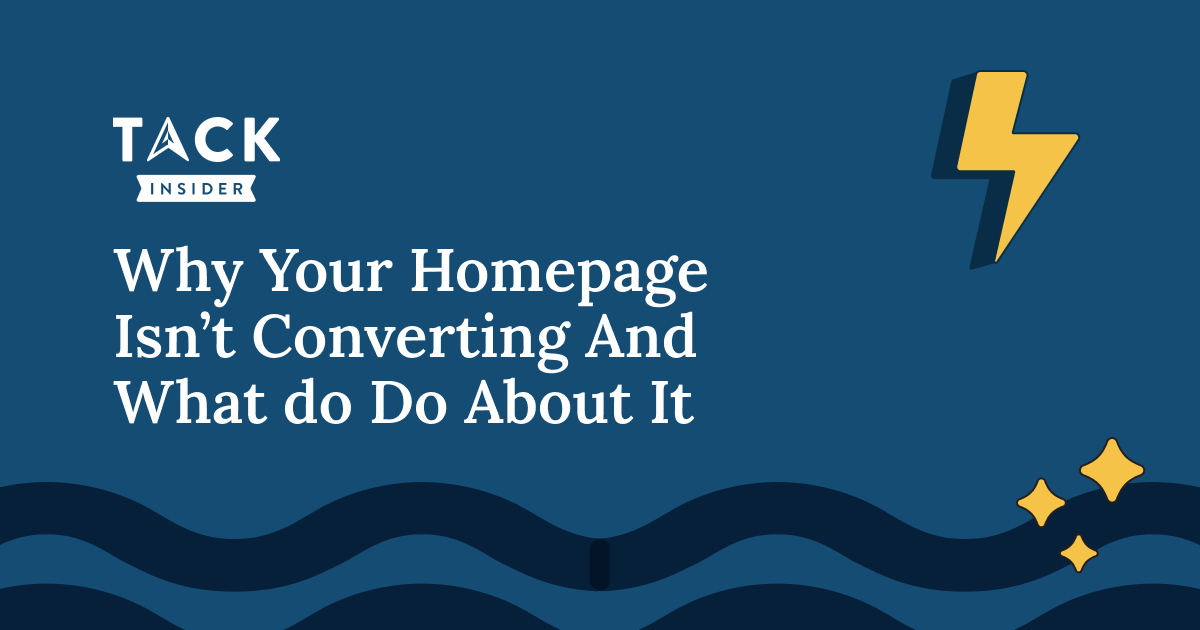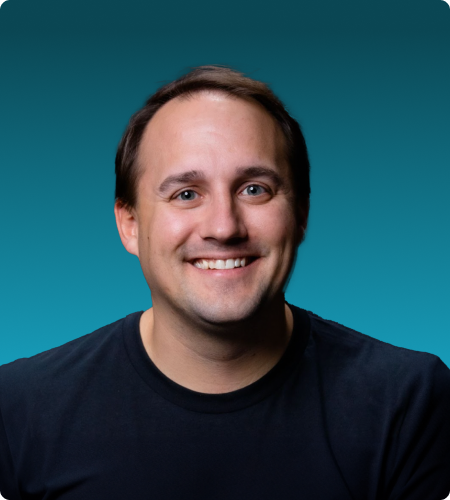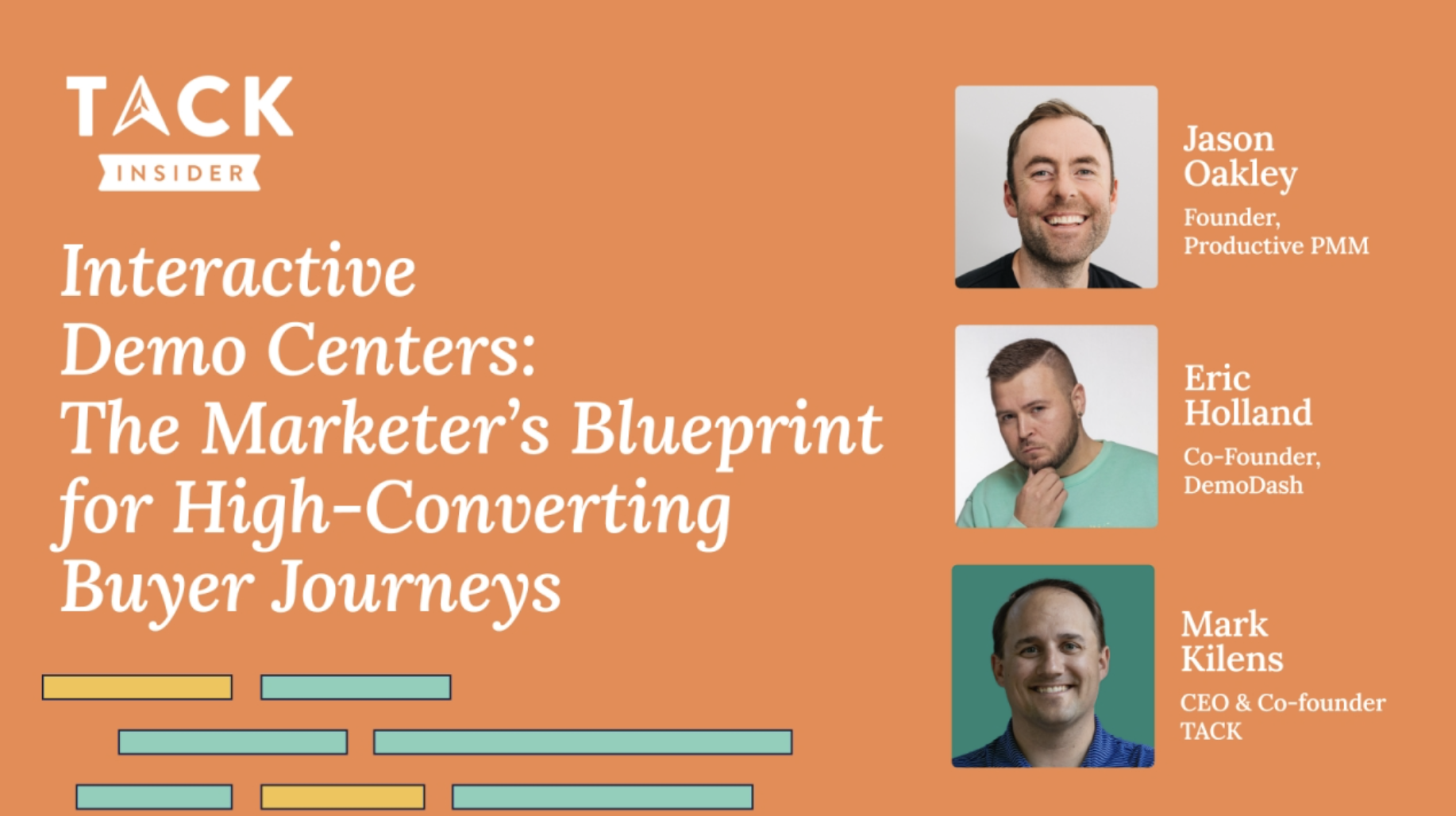Hosted by: Mark Kilens, CEO & Founder at TACK
Speakers: Brian Oblinger, Strategic Consultant
Overview
A successful community isn’t just a place for users to hang out, it’s a strategic asset that can reduce support costs, improve customer retention, drive product feedback, and strengthen your brand moat. This webinar unpacks what a real, operational community strategy looks like—beyond just buying a platform or spinning up a Slack group. This post breaks down Brian’s 20+ years of hard-won lessons into a clear, practical roadmap for B2B teams building communities with purpose.
Check out the full slides of the webinar
1. Start with a Clear, Simple Definition of Community
Before building a strategy, align on what “community” really means. For Brian, a community is:
- A group of people with shared interests
- Who engage in a shared experience
- And help each other grow or succeed
This means community isn’t just about volume—it’s about intent. If members are only self-promoting, you’re not building a true community. Focus on environments where people genuinely want to help each other.
2. Why Community Matters for B2B Growth
Community can deliver business value across multiple fronts:
- Reduce support costs through self-service answers
- Generate leads and improve retention
- Build differentiation through customer experience
- Create internal alignment via cross-functional collaboration
Brian emphasized that a well-run community becomes a scalable, defensible asset—especially in crowded markets where product parity is high.
“I’ve seen win-loss reports where customers say they renewed just for the expertise and community—not because the product was better.”
3. Build Strategy in Five Layers
Most teams start with tech. That’s a mistake. Brian’s framework flips the script:
🧍 People
Start with customer needs—not company goals. Build 2–5 personas based on actual conversations and surveys, not assumptions. Understand their motivations, problems, and what success looks like.
🧠 Content
People come for content and stay for connection. Focus first on high-value, repeat questions. Tap internal teams (support, product, CS) for FAQs and turn them into scalable answers.
- Prioritize utility over aesthetics
- Content is a long game—not a one-time push
- Organize and surface existing resources before creating more
🎯 Programs
Think in lifecycle terms: acquisition → conversion → onboarding → engagement → retention.
- Acquisition: Links in-product, SEO, newsletters
- Conversion: Value-focused CTAs, selective gating
- Onboarding: Welcome flows, drip content, gamified nudges
- Engagement: Events, challenges, ambassador programs
Programs should move people forward in their journey—not just keep them busy.
💻 Technology
Tech supports strategy, not the other way around. Don’t blame the vendor if the strategy lacks depth. Also think beyond the platform—SSO, CRM integrations, and automation tools like Zapier or Orbit can amplify value.
✏️ Design & UX
Design isn’t just how it looks—it’s how it works. Information architecture, search, navigation, and discovery matter more than slick visuals.
“Google is just a list of links. And yet we use it every day.”
4. Operationalize It: From Strategy to Execution
A good strategy means nothing without a roadmap. Brian recommends creating a phased operational plan with clear priorities across people, content, tech, and experience. Not every org needs a year-long rollout. Start small, validate demand, then scale.
5. Measure What Matters
Leadership won’t care about your engagement rate unless it’s tied to business outcomes. Translate your impact into language your org already uses:
- For CS: Show how enablement content reduces churn
- For Support: Track deflection via self-service
- For Marketing: Attribute new leads or expanded reach
- For Product: Tie feedback to roadmap changes
Brian shared a key lesson: community builders gain traction when they speak in KPIs leadership already values.
Key Takeaways
- A true community is about shared growth—not just shared space
- Strategy comes before tech; people and content come first
- Build programs aligned to user journeys: not just activity, but outcomes
- Internal culture and collaboration are the biggest success factors
- Measure in the language your org already understands

